Hyperloop projects inch closer to reality
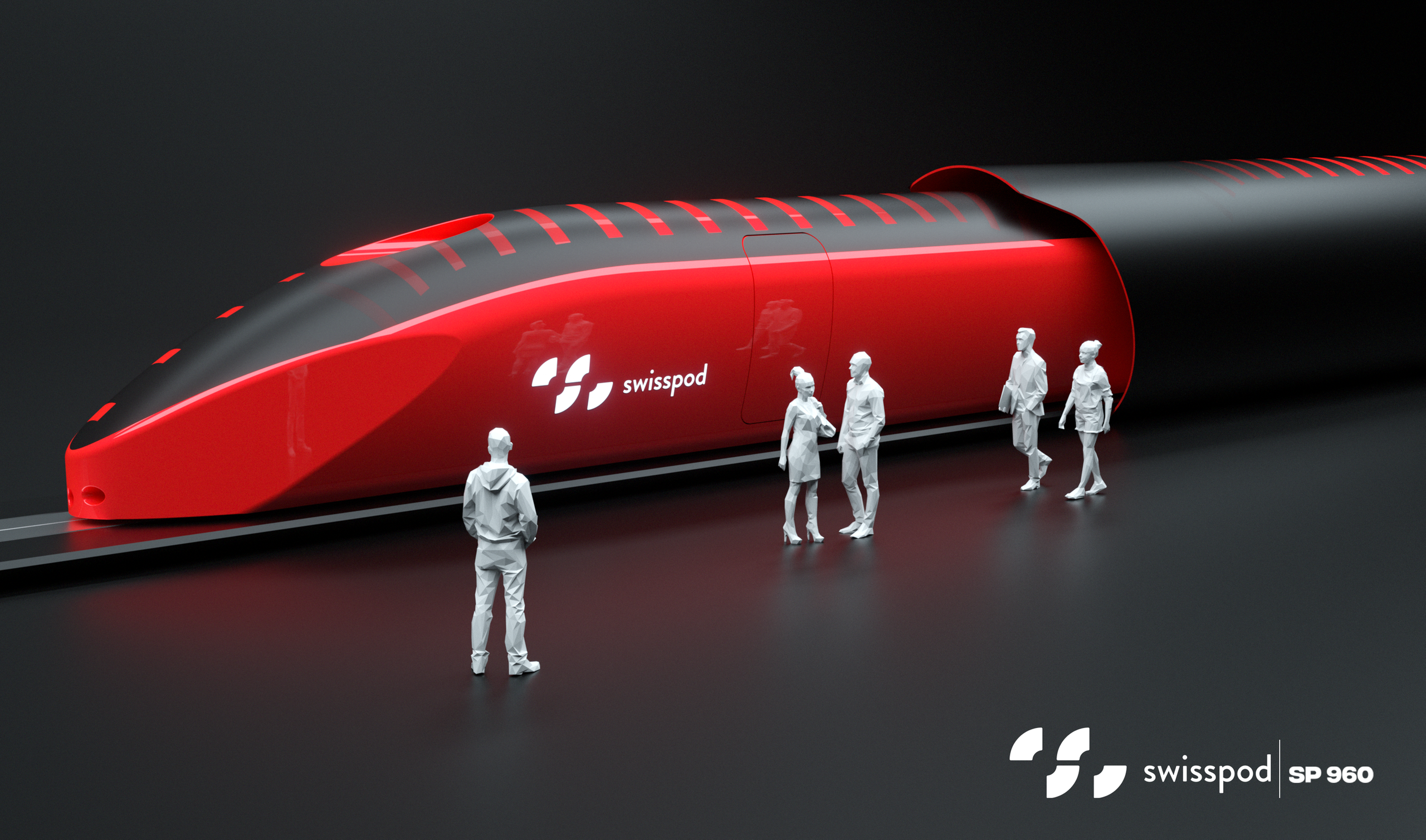
It’s 2030. You’re sitting in a sleek 25-passenger pod-like capsule levitated on a track inside a sealed low-pressure tube, speeding across the country to your destination at 600 miles (966 kilometres) an hour or faster.
You’re aboard hyperloop. This is an ultra-fast pod transit system that, as of 2020, has seemed like a pipe dream for years. But new investments, regulations and entrepreneurs, including a Swiss start-up, could help make the futuristic transport system a reality.
Recently popularised by Tesla founder Elon Musk, the futuristic transit concept appears to be drawing increased interest in the United States, Europe, China, India and the Middle East.
Richard Branson’s Virgin Hyperloop, which has raised over $400 million (CHF370 million), is among the leading firms racing to launch such high-speed pods and infrastructure. Others include HyperloopTT in the US, Canada’s Transpod, Spain’s Zeleros and the Netherlands’ Haardt.
Virgin Hyperloop wants to launch commercial routes by 2029. It originally planned to begin construction this year on the world’s first Hyperloop in India, linking Mumbai to Pune, but the pandemic has delayed the process.
Swiss-made capsules
The concept of ultra-fast magnetic levitation trains is nothing new to Switzerland. Swissmetro, a proposal for a network of “vactrains” speeding through tunnels beneath the Alpine country, was conceived by Swiss engineer Rodolphe Nieth in 1979. The project gathered pace in the 1990s but was abandoned in 2009 due to a lack of support from the Swiss authorities amid competition from the Gotthard Tunnel project. Today, the SwissmetroNG association continues to push for a study into high-speed underground transport.
Meanwhile, a new generation of Swiss scientists and entrepreneurs is exploring hyperloop. The Valais-based start-up Swisspod is working on a capsule prototype for 25 passengers, which it hopes will be ready for the global market by 2025.
“We have a pod design that is able to travel between Geneva and Zurich [approximately 270km] in 17 minutes,” Swisspod CEO Denis Tudor told swissinfo.ch.
The capsule and its technologies are under wraps. Parts being produced in China have been delayed by several months due to the coronavirus pandemic, but “everything is now back on track,” assures Tudor. A test phase is planned soon.
The spin-off, which was founded in 2019 and now employs 30 staff, recently attracted six-figure seed investment funding from Romanian investors.
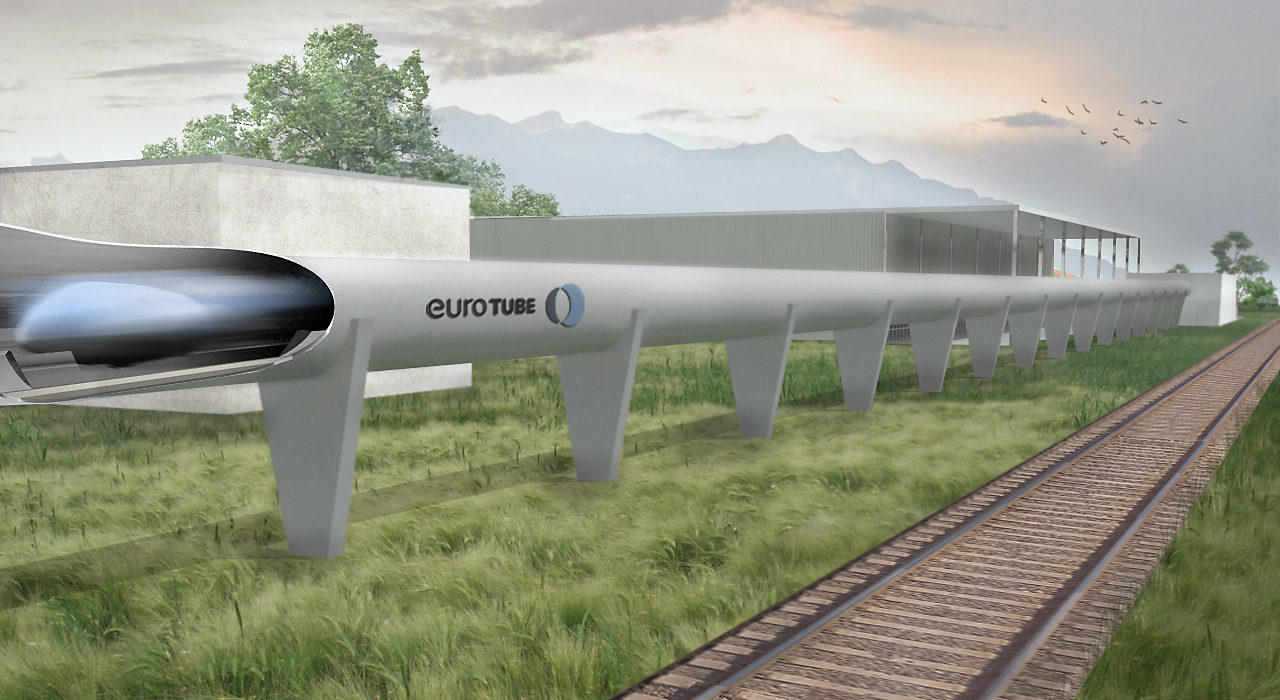
More
Switzerland to test ‘hyperloop’ train technologies
Canton Valais in southern Switzerland appears keen to become a hyperloop hub. Collombey-Muraz, where Swisspod has an office, was picked in 2018 as the site for a three-kilometre high-speed “hyperloop” test track and research centre. This will be developed by the Eurotube foundation in partnership with Swiss Federal Railways. They want to begin construction in 2021 and operate the test track for period of eight to ten years.
Regulations
New legislation on its way to the United States Senate that recognises hyperloop transportation. In Europe there is strong interest in hyperloop from 16 European Union member states, with Brussels following and trying to coordinate developments.
In June, Swisspod confirmed it had joined other firms in the European Commission’s Hyperloop Development Initiative, which it hopes will speed up the deployment of projects on the continent.
The Initiative, a collaboration of start-ups and European space and transportation agencies, aims to draw up a regulatory roadmap and standardisation for this new mode of environmentally-friendly transport. It’s part of the European Union’s wider efforts to achieve climate neutrality by 2050.
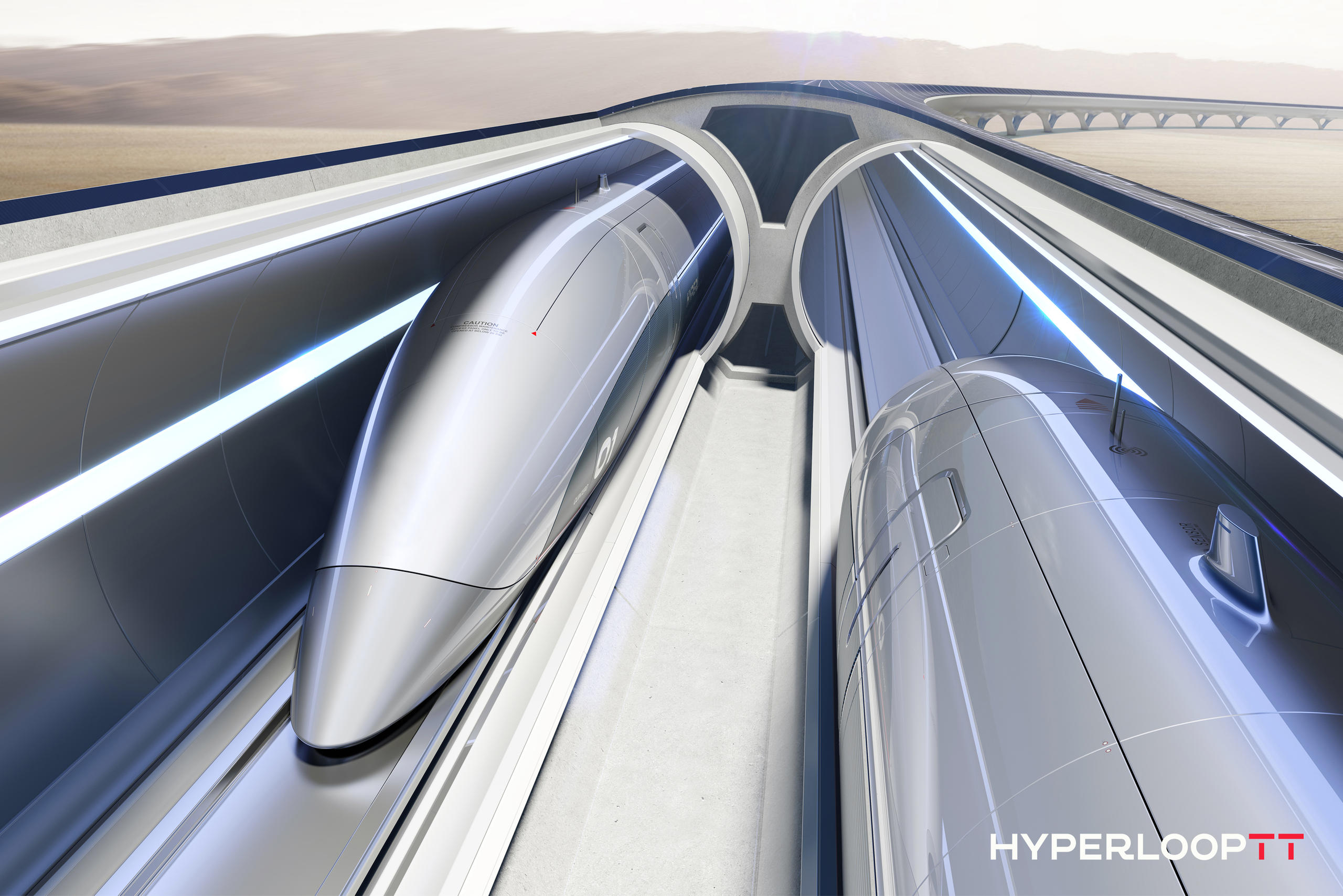
‘Only in a tunnel’
Marcel Jufer, an honorary professor at the Federal Institute of Technology in Lausanne (EPFL) and former promoter of Swissmetro, has been advising Swisspod. He is brutally honest about the company’s chances.
“A Geneva-Zurich line at 1,200 kilometres per hour is impossible,” he told swissinfo.ch. For a small country like Switzerland the optimum speed would be around 400-450 kilometres per hour. A higher speed makes no sense because of the short distances between Swiss cities, he said.
Jufer believes that Tudor’s Swisspod project is possible in Switzerland, but only in a tunnel – not in tubes. To achieve that, beyond convincing the authorities, it would be crucial to get big cement and civil engineering firms like ABB on board, he added. “If they don’t have big companies working or investing in their firm, they have no chance of developing a complete pod.”
The Swisspod CEO said it would be an “honour” to build a hyperloop system in Switzerland using Swiss-made technology. But he acknowledges that the market is developing faster elsewhere, like China, India, the US and other parts of Asia.
“We want to sell capsules worldwide,” Tudor said.
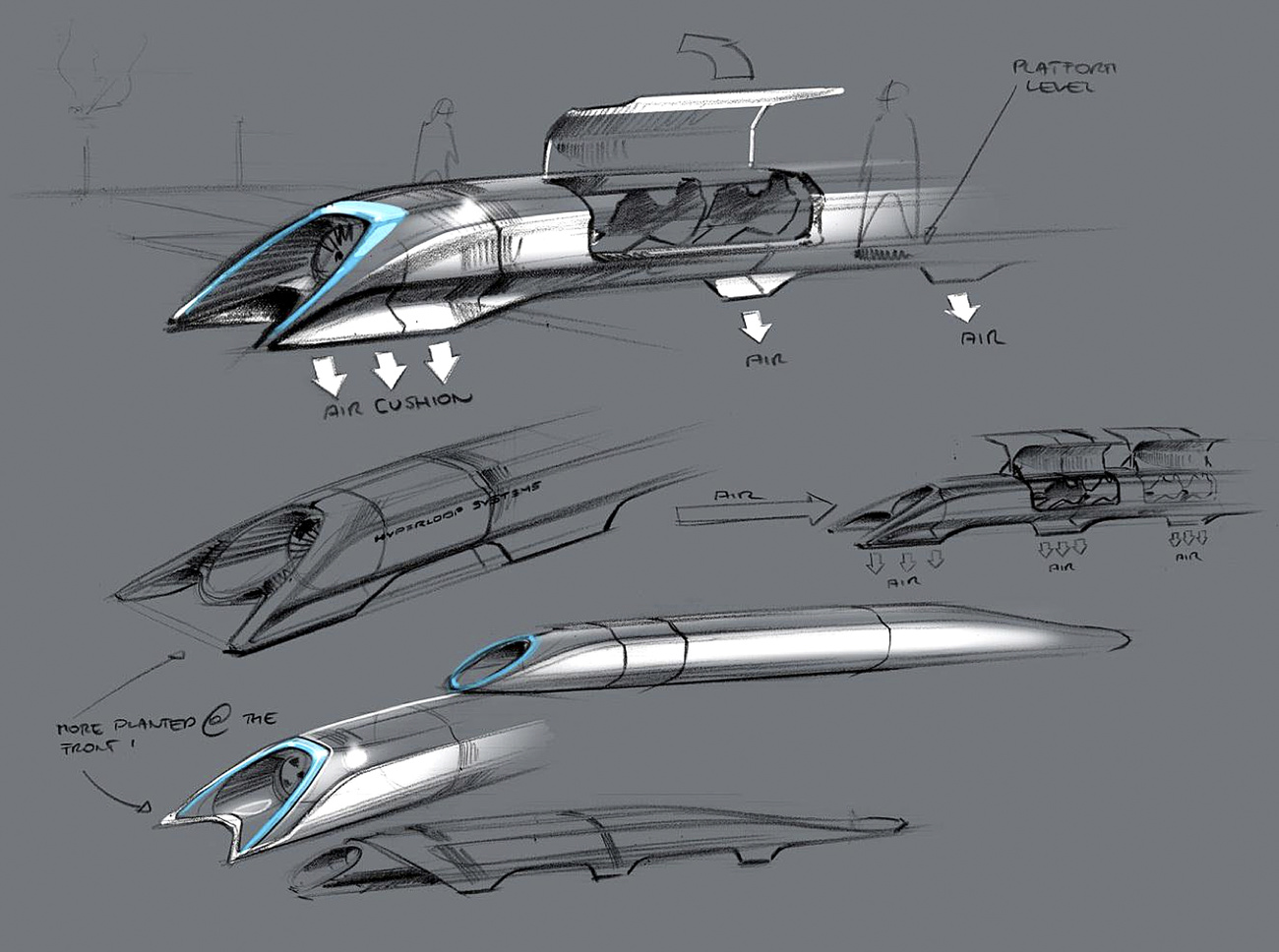
Never-ending challenges
Yet the challenges – technological, financial and regulatory – facing developers like Swisspod remain formidable.
“The biggest one right now is building a propulsion system which is efficient and can deliver a speed of 1,000-1,200 kilometres per hour,” said the Swisspod CEO.
But there are many other technical issues. How do you evacuate passengers from a hyperloop tube? How do you maintain a low pressure in the tube or prevent equipment from overheating when there is no air? And how to build a magnetic levitation system powerful enough to transport up to 25 people?
Government funds and support will be crucial to massively ramp small-scale hyperloop prototypes into viable commercial projects, say observers. The industry must also consolidate via international regulations and standards agreed upon by states and operators. And then there are extreme dangers to infrastructure from earthquakes or acts of sabotage.
There are clear obstacles, said Carlo Borghini, executive director of Shift2Rail. The public-private EU partnership for rail innovation in Europe helps oversee the Hyperloop Development Initiative.
“Beyond the testing and small-scale operations, there are many question marks about when we will have a demonstrator version and clear evidence of capacity,” he said, questioning whether the EU, US and India will be capable of sustaining six to seven different initiatives or whether they will ultimately need to converge. The next two years will be crucial, according to Borghini.
“In 24 months these firms need to show real concrete projects with an operational hyperloop or many will face difficulties and it won’t be sustainable for them.”
The idea of trains or other transportation travelling through evacuated tubes has been around for over a century. But it gained momentum after Tesla CEO Elon Musk unveiled a white paperExternal link in 2013. It proposed a hyperloop route that would take passengers from Los Angeles to San Francisco (380 miles) in 30 minutes – half the time it takes a plane. Musk has encouraged the development of hyperloop technologies via an annual student competition organised in California, in which Swiss teams have taken part.
Proposed as a replacement to existing rail infrastructure, hyperloops use magnets to levitate pods inside a low-pressure tube and linear motors. Free of air resistance, this creates conditions in which the pods can shuttle people at speeds of up to 750 miles (1,200 kilometres) per hour. The tube is suspended off the ground to protect against weather and seismic activity. The idea is that several pods can depart every few minutes, quickly multiplying the number of passengers on a single line.
Fans of hyperloop say it is cost- and energy-efficient and can reduce road congestion. Some say that over time it could replace some short-haul and medium-distance flights.
Critics of hyperloop have focused on the travelling experience of riding at high-speed in a narrow, sealed, windowless capsule inside a sealed steel tunnel. Others have highlighted the technical challenges of building such infrastructure and its vulnerability to outside attacks. Some have also pointed to magnetic-levitation highspeed trains already being developed in Japan; one train clocked 375 miles per hour in 2015.

In compliance with the JTI standards
More: SWI swissinfo.ch certified by the Journalism Trust Initiative

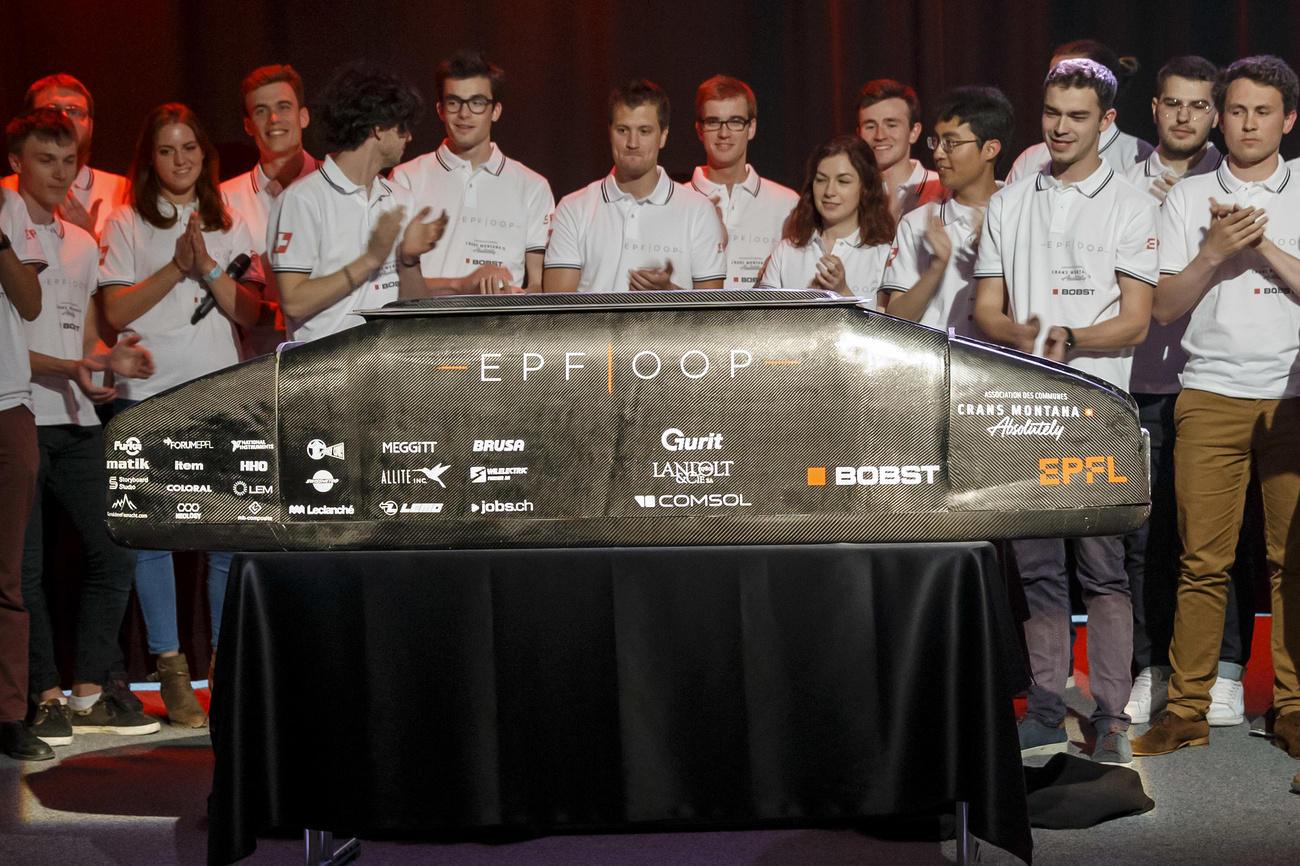
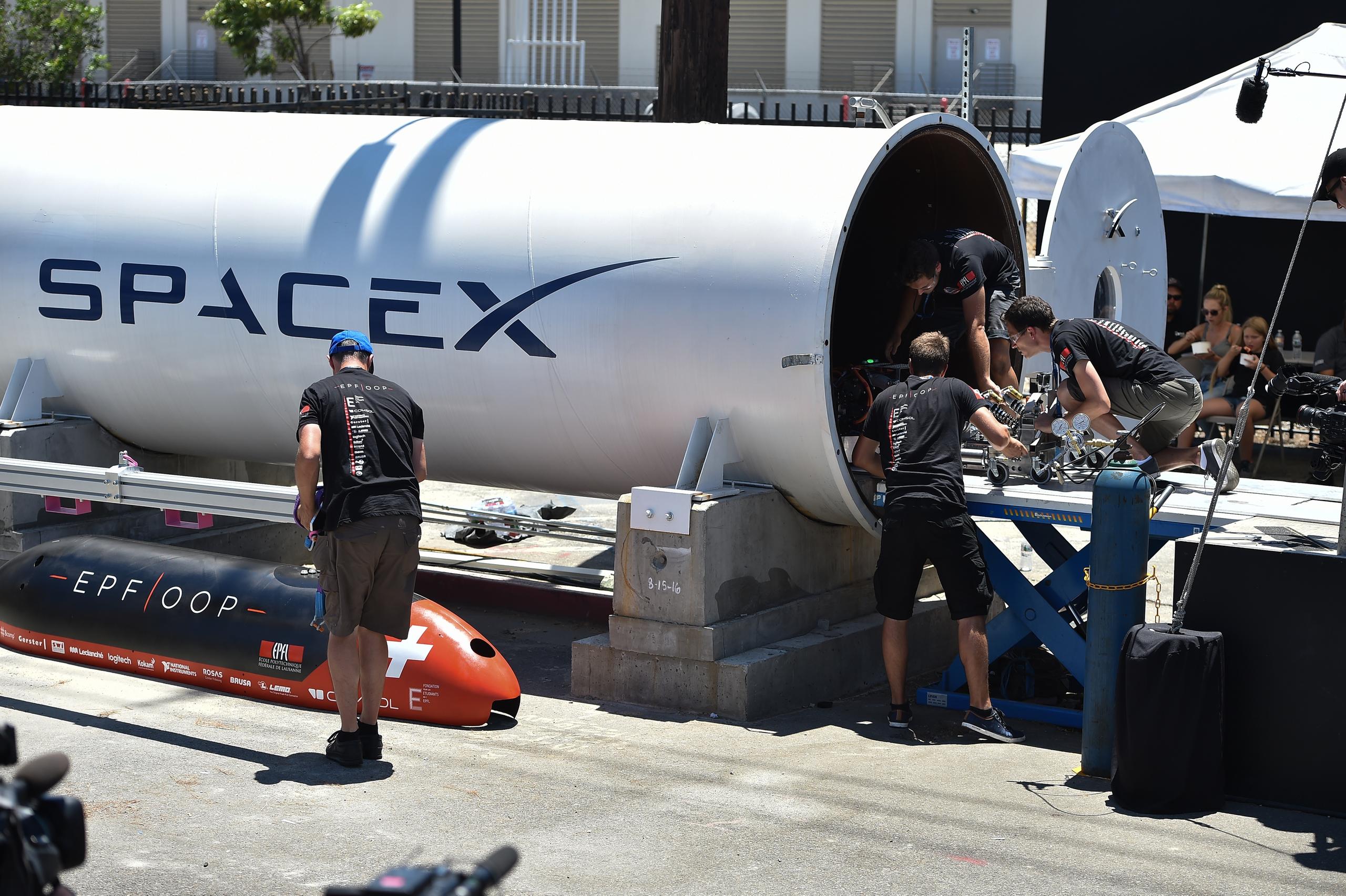
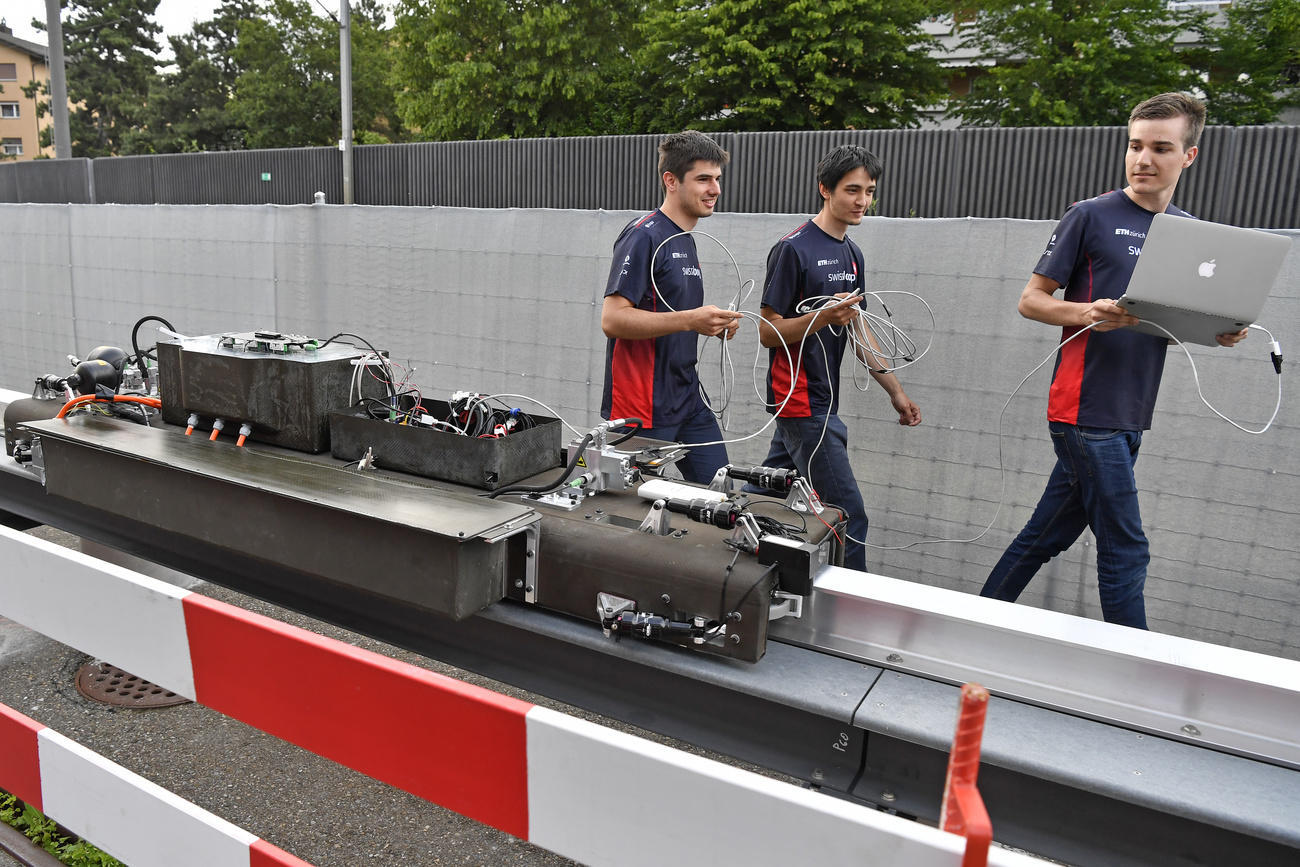
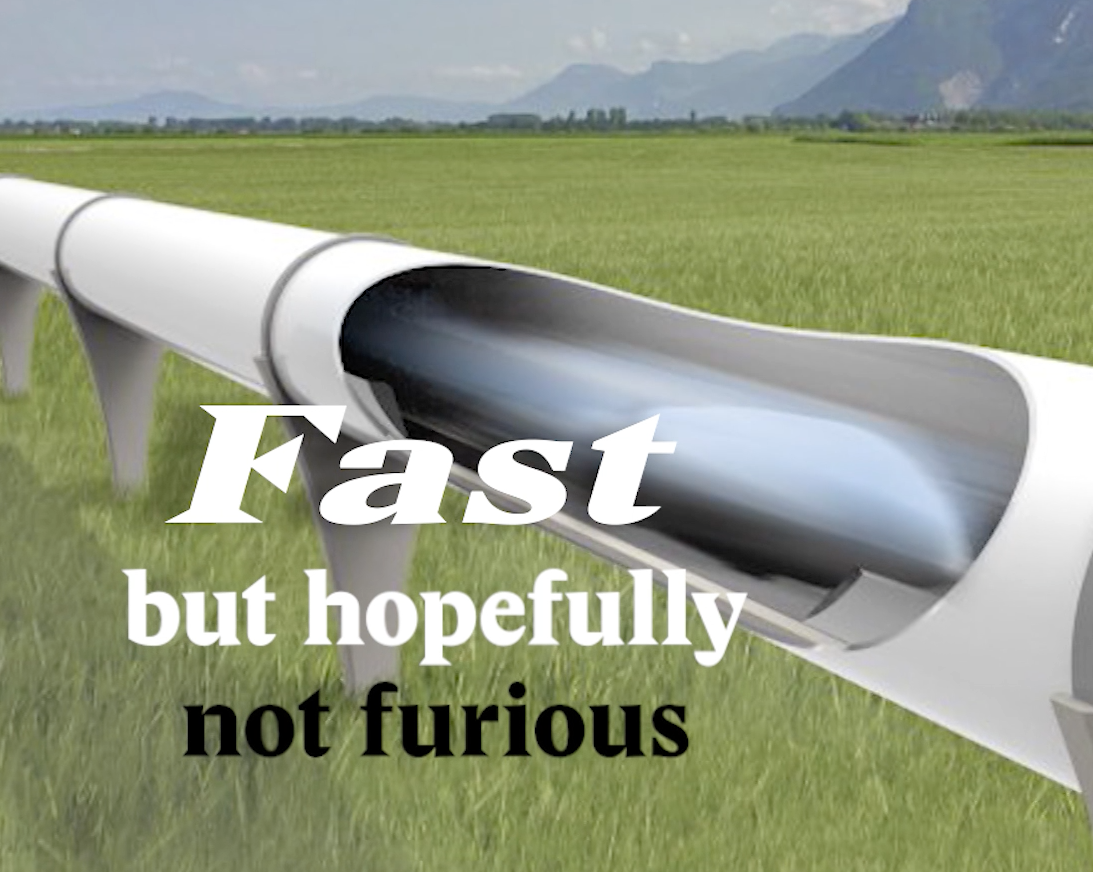
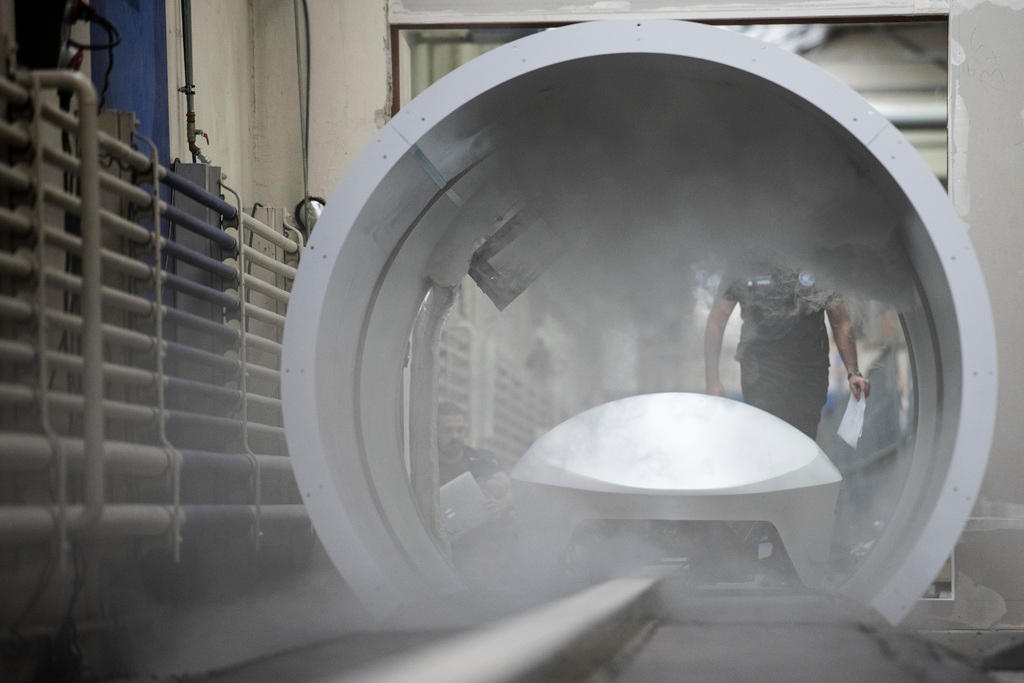
You can find an overview of ongoing debates with our journalists here. Please join us!
If you want to start a conversation about a topic raised in this article or want to report factual errors, email us at english@swissinfo.ch.